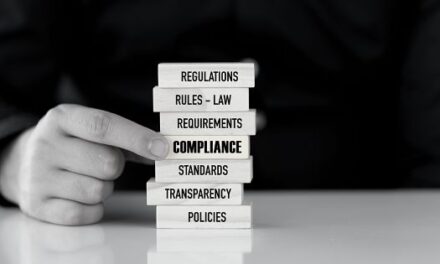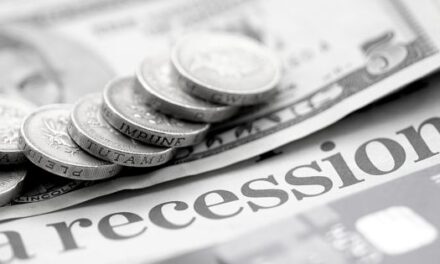Our environment is full of information, so in order to cope with this and speed up decision making, our brains rely on mental strategies to simplify things. Heuristics allow us to make judgments and decisions quickly and efficiently, they act as a mental shortcut. They are helpful in many situations (for instance, deciding to attend a meeting or not) but they can also lead to cognitive biases and unhelpful thinking styles.

By relying on an existing heuristic it can make it difficult to see the alternatives or to generate novel ideas, and can lead to inaccurate judgments. There are five common thinking errors that may be holding you back at work.
Black and White Thinking
Also known as all-or-nothing thinking, this way of thinking allows us to simplify our world by using categories to assist with decisions. Another person is good or bad, a solution to a problem is right or wrong, your colleague is either with you or against you. There are no shades of grey.
Emotional Reasoning
This way of thinking involves you basing your decisions on the way you are feeling, or on your gut. For instance, you might decide not to enter into a contract with someone based on no other evidence than you feel something bad will happen if you do.
Jumping to Conclusions
We have a tendency to jump to conclusions when we think we know what others are thinking (psychologists call this mind reading) or when we make predictions about the future without having all the information available to us (predictive thinking). This way of thinking can also be associated with stereotyping and bias as we have the tendency to expect a member of group to have certain characteristics and traits based solely on them being part of that group.
Mental Filter
This way of thinking involves filtering in or out certain information. A person may focus only on a part of a situation, while ignoring the rest. For instance, a person may only focus on the positive aspects of a situation and ignore any negatives. This is related to conformation bias which is the tendency to interpret information that confirms your preconceptions about a situation (and discredit information that does not support your view).
Bandwagon Effect
This is the tendency to believe things because other people believe the same thing. This is associated with group think.
The good news is that there are some easy strategies and techniques that you can use to minimize the impact of unhelpful thinking on your business decisions.
-
The STOPP Technique
Stop when you notice an unhelpful thought. Take a breath. Observe the thought and ask yourself is this helpful or unhelpful? Pull back to see the situation from other perspectives (a fly on the wall; a trusted friend; your mentor; a competitor). Practice, do what works and choose what is most helpful in the situation.
-
Look at the Evidence
Take a moment to look at the evidence that supports or refutes your thoughts. Ask yourself these questions:
- Where is the evidence that my thoughts are accurate and/or helpful?
- Have I overlooked something?
- How do I actually know that my thoughts are accurate?
- Is there evidence that contests my thinking?
-
Disputation
Instead of simply accepting your initial thoughts as accurate, get in the habit of challenging your thinking. You could ask yourself:
- How would my friend/mentor/competitor view this situation?
- Are there other ways of thinking about this?
- How might I view this situation tomorrow, next month, next year?
- Is it helpful for me to think this way?
By being aware of how our brain works to simplify our lives, and the resulting unhelpful thinking styles that can arise as a result, allows us to make better and more accurate decisions.























